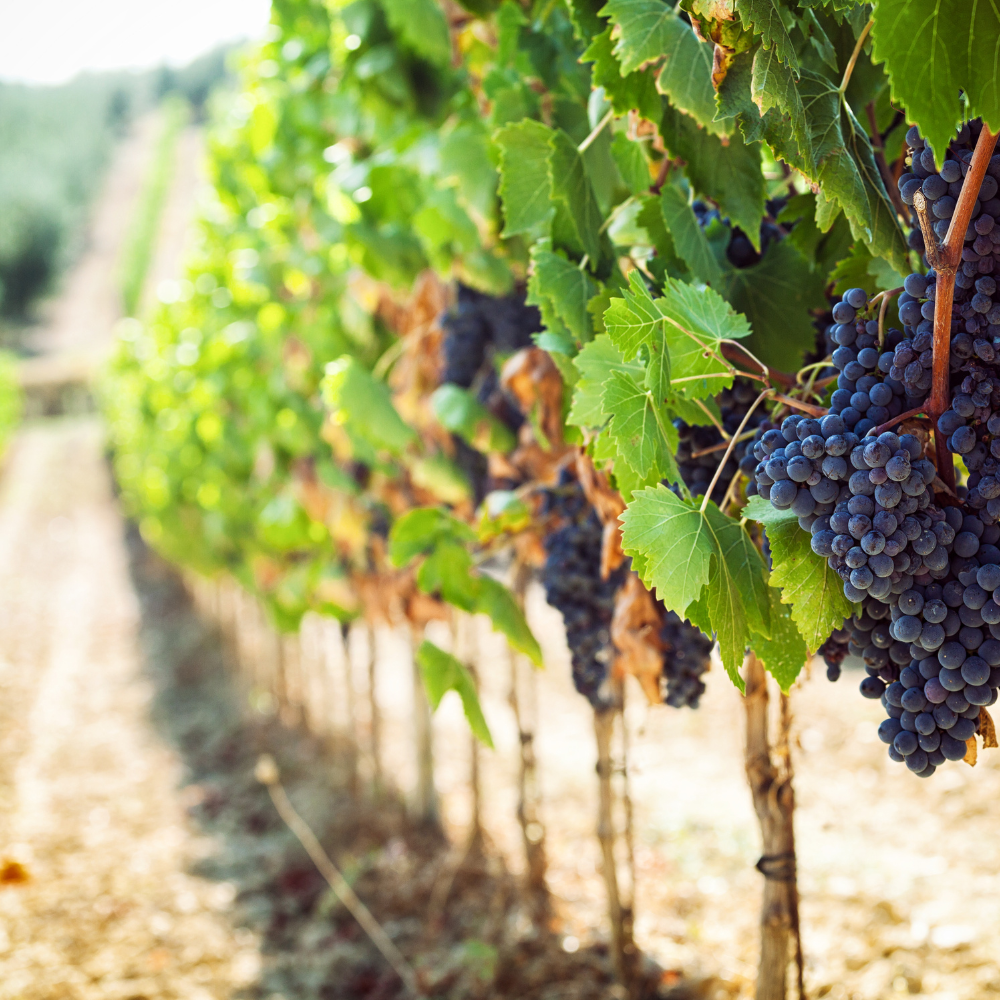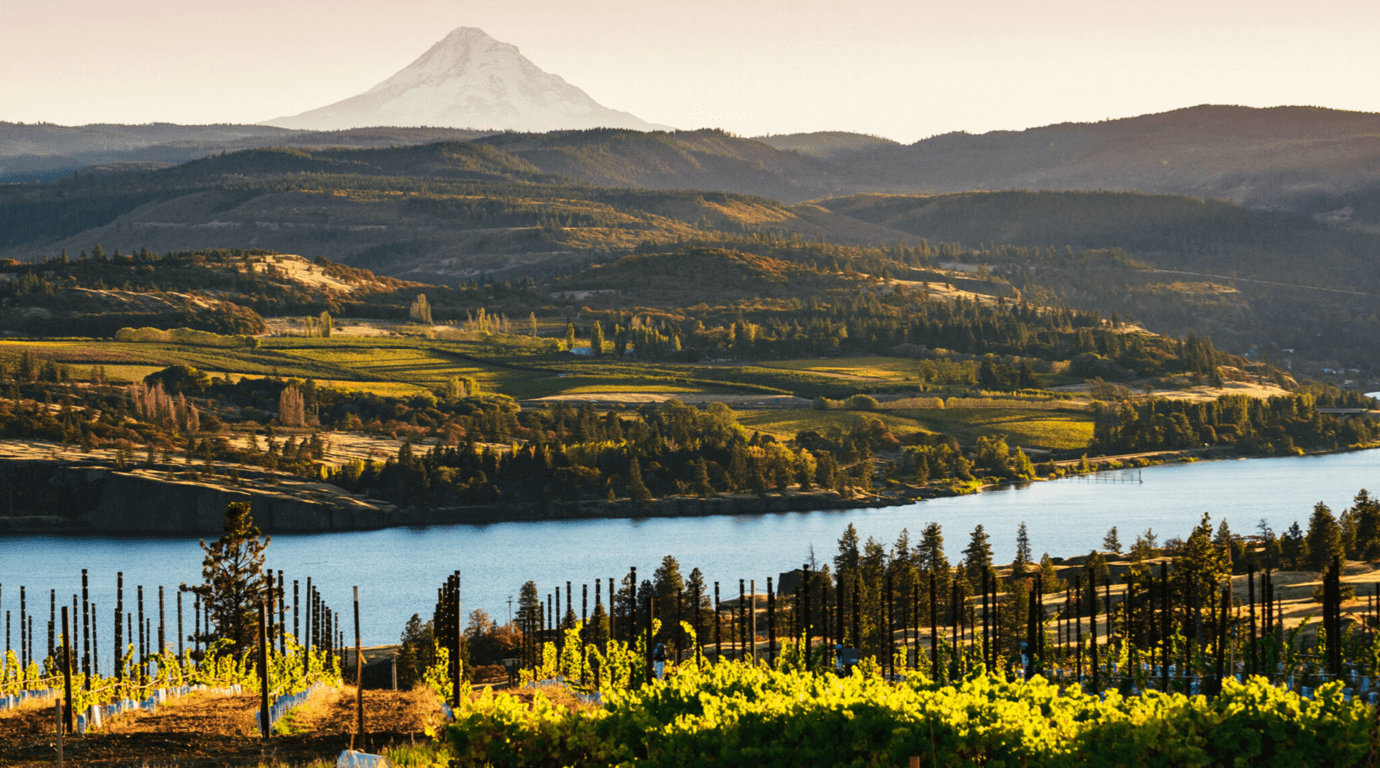Distinctive, different, and difficult to pronounce for most of us, we stray into totally unfamiliar territory with Greece's grapes. We have no helpful signposts nor recognizable names. Our own expression, "It's all Greek to me," neatly sums up our befuddlement.
However, Greece's wonderful array of "well-differentiated and acclimatized indigenous varieties" (to quote our greatest wine writer, Jancis Robinson) more than repays a little homework. Here, we look at some of Greece's finest varieties.
Assyrtiko from Santorini and Xinomavro from Macedonia are the two flag bearers for Greek varieties, neatly expressing two extremes of climate.

Santorini's native Assyrtiko boasts the world's oldest vine roots. Nestled, quite literally, on lava resulting from a catastrophic collision of plate tectonics in the 16th century B.C., the vines are trained to resist harsh winds and shade the grapes from the ferocity of the sun here. It's hard to imagine a more terroir-specific expression of any other grape on the planet than this. Super tense and fresh, the pitifully low yields here produce concentrated, mineral-charged wines, which can seem shocking in their pungency but exhilarating too.

Greece's finest red grape, Xinomavro, is native to the two regions of Amyndeo and Naoussa in the mountains of Macedonia in the far northwest of the mainland. Here, vineyards are routinely covered in snow in winter—you can ski in the region! Xinomavro could be described as a cross between Pinot Noir and Nebbiolo: high in acidity, with beautiful red fruit flavours and an ethereal perfume—but with some tannins too. Modern expressions of it are far closer to the feel of Pinot Noir, but with the beautiful aromas of a fine Barbaresco. There’s always a distinctive floral or slightly herbaceous edge to its flavour too. A hint of mountain herbs, perhaps…
Greece's largest mainland region, the Peloponnese, is home to two lovely varieties: the pink-skinned Moschofilero, which produces aromatic and textured white wines in the Mantinea region, and Agiorgitiko, which makes fine reds in Nemea, a little further north.
The Peloponnese may not be so extreme in climate, but its centre is very mountainous, with altitudes of up to 800 meters in Mantinea and Nemea. This means nights are cooler, and daytime breezes maintain a fresh climate, which favours longer ripening and the preservation of both aromas and acidity in the finished wine.

Moschofilero is the signature grape variety in the Mantinea region. It's a “gris” grape, meaning that when fully ripe, the skin turns pink. Pinot Grigio/Gris is a more familiar grape in the same style. Normally, the resulting wine will look like any other white wine unless some skin contact has been used. Moschofilero is a lovely aromatic variety and a distant relation to Muscat and Gewürztraminer. With aromas of orange blossom and rose, it surprises with much fresher acidity and flavour than you might expect from such an exotic nose.

Agiorgitiko is the mainstay of red wines in Nemea. It's a versatile variety, capable of making youthfully fresh and quite light-bodied reds from young vines, yet also much more complex and age-worthy wines with the extra concentration that older vineyards bring—along with carefully managed aging in barrel.
The Nikolau Estate Agiorgitiko is a great example of the elegance and concentration that pure Agiorgitiko can produce. 40 years ago, the tendency in Nemea was to “enhance” Agiorgitiko by adding Cabernet Sauvignon. While the results were very good, the wines didn't have the sense of place and original character that Agiorgitiko expresses. These days, there's a renewed confidence in the merits of Greece's native grapes.

Malagousia-Vangelis Gerovassiliou is sometimes called "the godfather of Modern Greek winemaking." While studying in Bordeaux, he was summoned back to Greece to help out at Chateau Carras, as his professor, Emile Peynaud (who had been advising Carras), was needed back in France. Peynaud was asked to send over his most able student at the time.
While at Carras, he identified a rare and almost extinct grape—Malagousia, saving it and propagating it for the future. It's a delightful variety—a little like Viognier in profile with peachy fruit and a spicy edge. Yet, it's fresher, less oily, and richer in texture than Viognier can sometimes be.
Carras has the oldest plantings of it in Greece, and I was lucky enough to visit the vineyards there last summer. It’s also home to the oldest mainland plantings of Assyrtiko at 60 years old. Here on the mainland, Assyrtiko still retains its naturally high acidity but doesn’t have the volcanic intensity of Santorini wines.
We ‘d need far longer to cover all the amazing Greek varieties- but here are a few more brief recommendations for others, many of which you’ll find in the shops this month
From Attica:
Roditis (another pink-skinned grape) and Savatiano:
Both these varieties were used for Retsina production but as that has declined so the older vines are now being used to produce dry un-resinated wines.The results are good - concentrated and fresh whites with a comfortable, creamy texture and a long finish; - try as an alternative to Chablis, good Muscadet or Picpoul .
Limnio: native to the north Aegean island of Limnos. A light red with a very spicy bright red fruit character an earthy edge – just perfect for Middle Eastern and Mediterranean food
From Crete :
Liatiko:, a perfumed, spicy and crunchy light red
Vidiano; a complex and textural white in styles varying from the youthfully fresh to quite serious oak aged examples
Dafni; translates as Laurel and has a distinctive herbal /bay leaf aroma, ideal with oily fish on a barbecue
As the summer gets closer there’s no better time to experiment with new wines from Greece. With 70% of production being white wines and many of the reds on the lighter side, these are perfect for warmer weather, Mediterranean food and outdoor eating.



